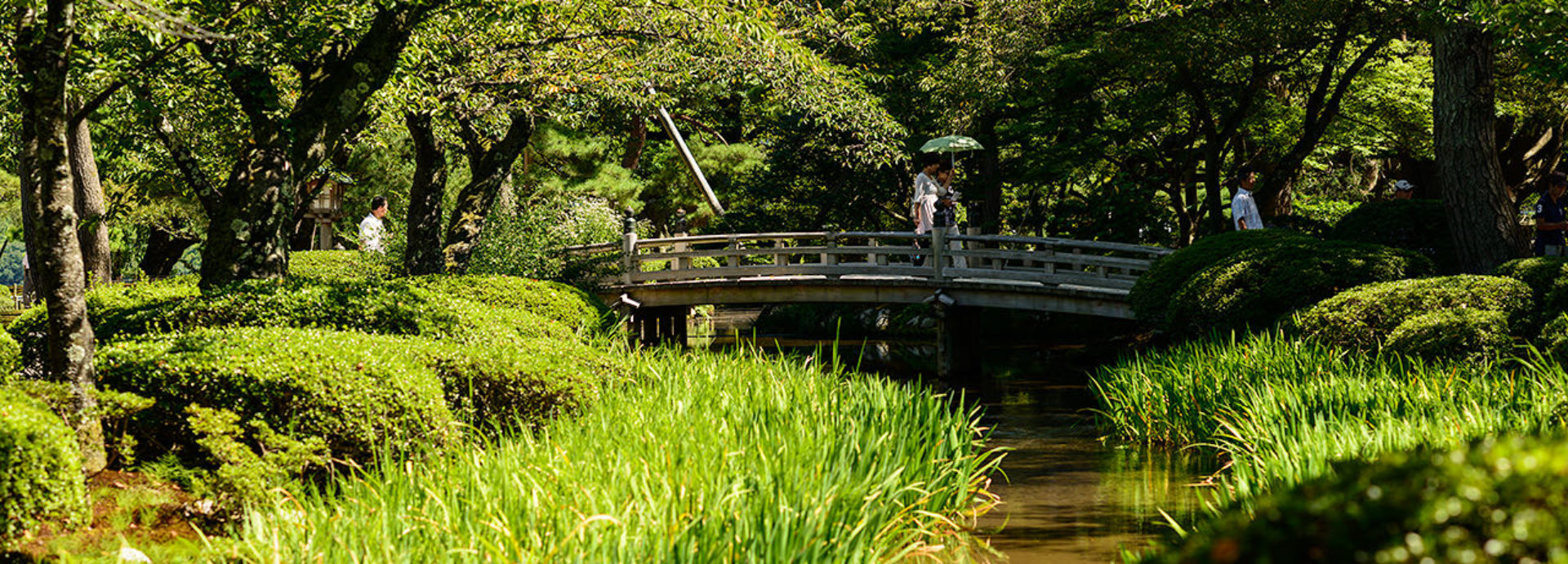Because the Japanese sword is much more than a weapon, the swordsmith’s “education” entails much more than technical training. A craftsman fully dedicated to his art, he must be expert at evaluating blades and understanding their individual histories.
In February 2018, A group of executives chose to experience such craftsmanship in its dedicated environment, the small workshop of the Sensei (Professor).
Spirituality and artistry forged in steel (text written by Paul Martin, TheJapaneseSword):
“The Japanese sword is the world’s most beautiful and meticulously handcrafted blade. The method of manufacture has remained relatively unchanged for a thousand years. Once forged, each sword undergoes a rigorous polishing procedure that involves water and as many as 20 different grades of stones. This polishing process enhances the wood grain-like quality of the steel and the hamon, a complex crystalline structure created during the quenching process that forms a unique pattern along the blade’s edge. This keeps the edge sharp and resilient even with heavy use. The Japanese have always highly revered the sword. It is one of the three objects of the Japanese imperial regalia along with the mirror and the jewel. According to Japanese mythology, a sacred sword found in the tail of a dragon was brought from heaven by the ancient gods to begin the imperial line of Japan. Swords are often dedicated to shrines and temples as gifts for the residing kami (gods), or as vessels for them to reside in. At the height of Japan’s warrior culture, from the 13th through the late 16th centuries, the sword was the most valuable weapon of Japan’s samurai. Later, during the peaceful Edo period (1603-1868), the sword was viewed as an instrument of enlightenment, guiding the samurai on ethics of conduct and self-improvement.”

